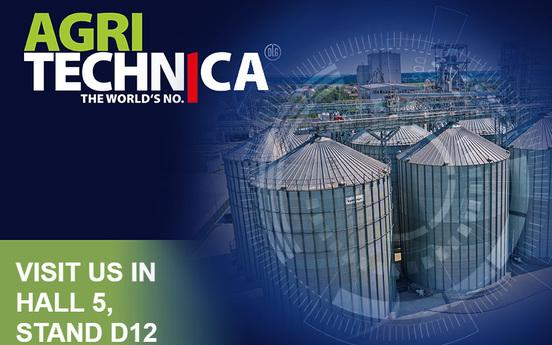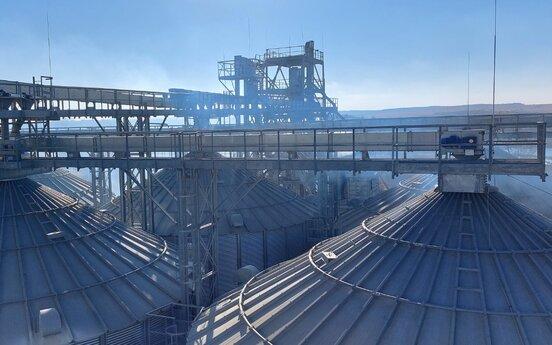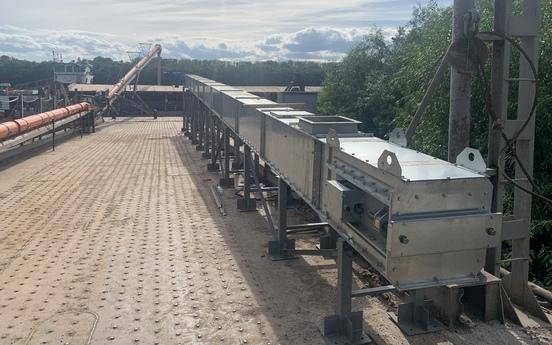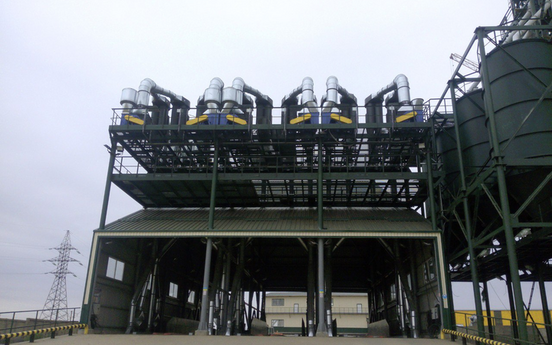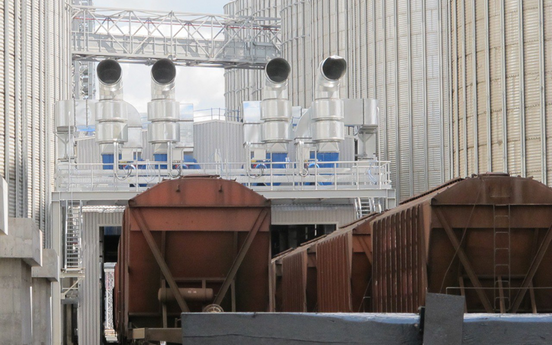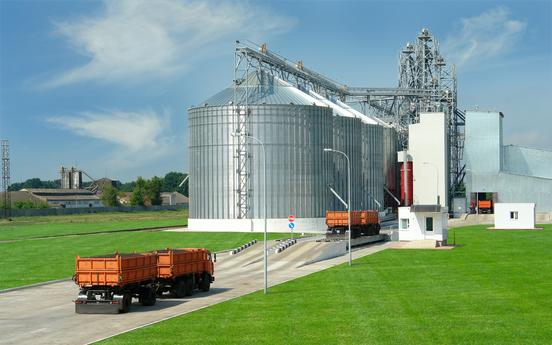The role of screw conveyors in grain transportation systems

What is a screw conveyor and how does it work?
A screw conveyor is a mechanical device whose design resembles an Archimedes screw. It is used to move bulk materials, such as grain, within grain harvesting or transport equipment. Its main function is to ensure the uniform, continuous, and gentle movement of the product without damaging the structure of the grain mass.
In modern combines, they play a leading role in the internal logistics of the machine: they move the mass from the header to the threshing unit and then to the hopper or discharge chute. The efficiency of harvesting and the minimization of losses during the process depend on their reliability.
Advantages of using grain augers
- Stable grain feed without pauses or manual intervention;
- Grain masses are transported without damage;
- Grain augers are easy to install in combines, elevators, and grain transport systems. Elevator augers differ from combine augers in design and load capacity: they have a stronger, reinforced design for continuous operation with large volumes of product. Combine grain feed augers are designed for mobile operation during harvesting and have different length, diameter, and material parameters. Each type is optimized for its operating conditions.
- The design of the device is resistant to external factors;
- Most systems allow partial replacement of segments, bushings, or shafts without dismantling the entire system;
- Versatility is one of the advantages. They can be used to transport grain, feed, pellets, or other bulk products.
- The principle of operation of a grain auger does not require complex control or high energy consumption.
- Depending on the diameter and pitch of the screw, they can transport large volumes of material.
Types of grain augers
Grain augers used in grain harvesting equipment are classified according to a number of technical parameters.
- Augers differ in the angle of inclination of the working channel, which affects the grain feed rate and the type of installation in the machine design.
- The spiral part can be solid, sectional, or welded.
- There are models with a constant and variable spiral pitch, which determines the feed rate and uniformity of transportation.
- A flexible screw conveyor is a conveyor with a spiral blade located inside a flexible pipe or hose. Flexible screw conveyors for grain are designed to transport products in hard-to-reach or confined spaces where it is impossible to install other equipment.
- Modern models differ significantly in terms of their design features. For example, some have additional cutting or grinding edges, while others have special wear-resistant coatings or quick-release modules.
- A manual grain screw conveyor is suitable for small volumes and is used without an electric drive.
- A mini grain auger is a compact spiral-type conveyor used for the precise and metered transfer of grain or bulk materials over short distances. Its design consists of a spiral blade rotating inside a pipe or chute.
- The vertical screw conveyor is designed to lift grain to a height in confined spaces. This type allows grain to be transported efficiently in narrow or confined spaces where other types of conveyors cannot be used.
Field of application of grain screws
Grain augers are widely used for transporting bulk agricultural crops in the elevator and processing industries. Their main purpose is to ensure the continuous movement of grain without damage.
Grain augers are most often used in combine harvesters, where they move grain from the header to the hopper and unload it into transport. They are also indispensable in elevators and grain storage facilities, where they are used in feeding, drying, cleaning, and loading systems for silos.
How to choose a screw conveyor for grain transportation?
- The crop must be taken into account: wheat, corn, barley, and soybeans have different flowability, moisture content, and sensitivity to damage. For delicate crops, it is better to choose a machine with a minimum pitch and smooth feed.
- Diameter and length – these parameters determine the volume of grain transported per unit of time. The longer the length, the more powerful the drive required.
- A constant or variable spiral pitch affects the uniformity of feed and transport efficiency. A variable pitch is used for precise dosing or grain processing.
- For wet or aggressive conditions, Zernova Stolitsa recommends choosing systems with an anti-corrosion coating or made of stainless steel.
- If the system operates continuously or under heavy loads, it is important to choose a reinforced design with reliable supports and a wear-resistant spiral.
Conclusion
The screw conveyor is one of the key elements in grain transportation systems, which operates to ensure the smooth and energy-efficient movement of agricultural crops at all stages. Thanks to the variety of designs and technical characteristics, the systems can be adapted to specific tasks in combines, elevators, grain storage facilities, and processing plants. A properly selected device increases process efficiency, reduces crop losses, and has a long service life. Therefore, the choice should be based on an understanding of the operating conditions, product type, and performance requirements.

